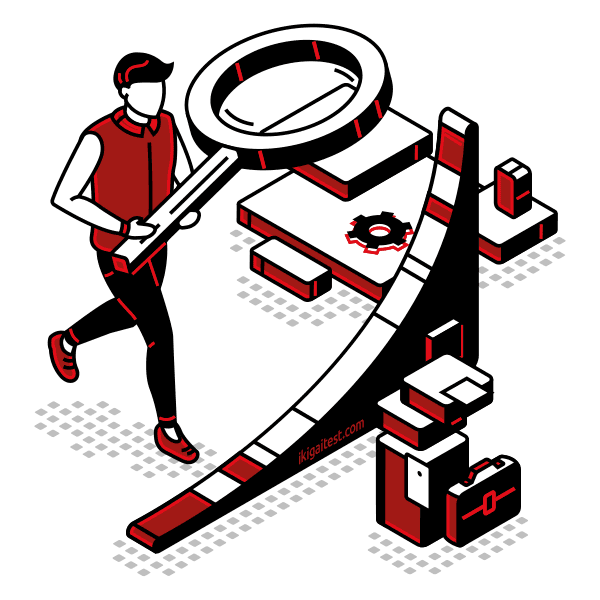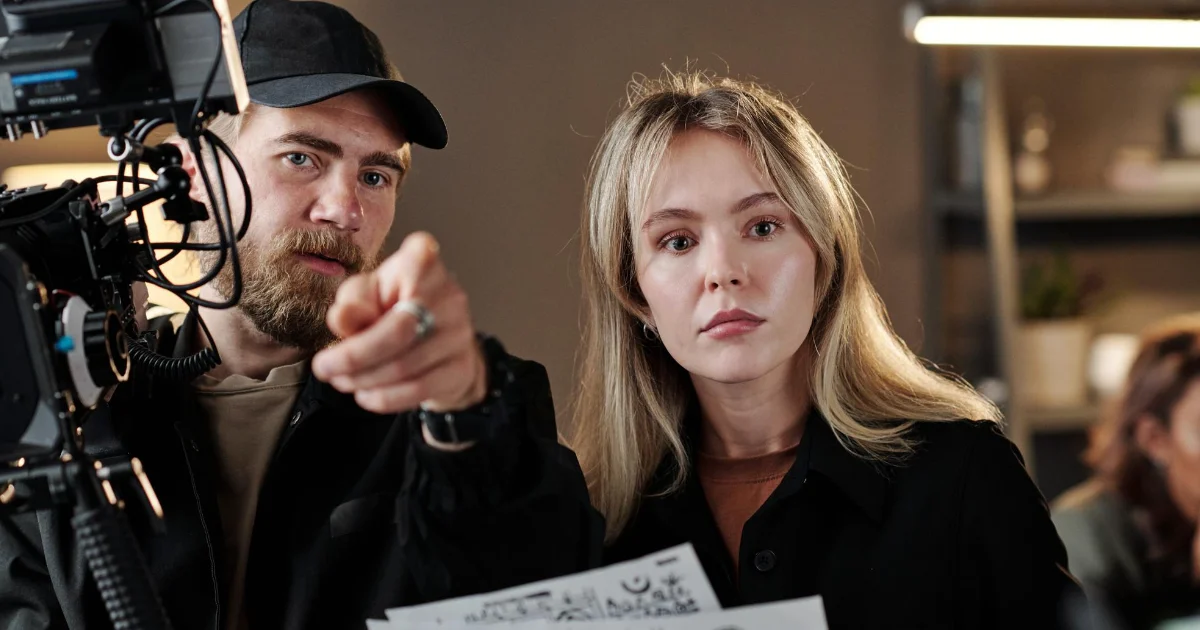Administrator

Any administrator should excel at:
- Providing information to supervisors, co-workers, and subordinates, as well as communicating with people outside the organization, representing the organization to customers, the public, government, and other external sources. This information can be exchanged in person, in writing, or by telephone or e-mail.
- Maintaining information files and processing paperwork.
- Recruiting, interviewing, selecting, hiring, and promoting employees in an organization, and getting them to work together to accomplish tasks by encouraging and building mutual trust, respect, and cooperation.
Inspector

Inspectors should be great at:
- Estimating sizes, distances, and quantities; or determining time, costs, resources, or materials needed to perform a work activity.
- Observing, receiving, and otherwise obtaining information from all relevant sources.
- Identifying information by categorizing, estimating, recognizing differences or similarities, and detecting changes in circumstances or events.
- Inspecting equipment, structures, or materials to identify the cause of errors or other problems or defects.
Other work activities related to Directors (stage, motion pictures, television, and radio)
- Creating graphics for television broadcasts.
- Directing live broadcasts, films and recordings, or non broadcast programming for public entertainment or education.
- Supervising and coordinating the working of camera, lighting, design, and sound crew members.
- Studying and researching scripts for determining how they should be directed.
- Cutting and editing film or tape to integrating component parts into desired sequences.
- Collaborating with film and sound editors during the post production processes as films are edited and soundtracks are added.
- Conferring with technical directors, managers, crew members, and writers for discussing details of production, such as photography, script, music, sets, and costumes.
- Planning details such as framing, composition, camera movement, sound, and actor movement for each shot or scene.
- Communicating to actors the approach, characterization, and movement needed for each scene in such a way that rehearsals and takes are minimized.







